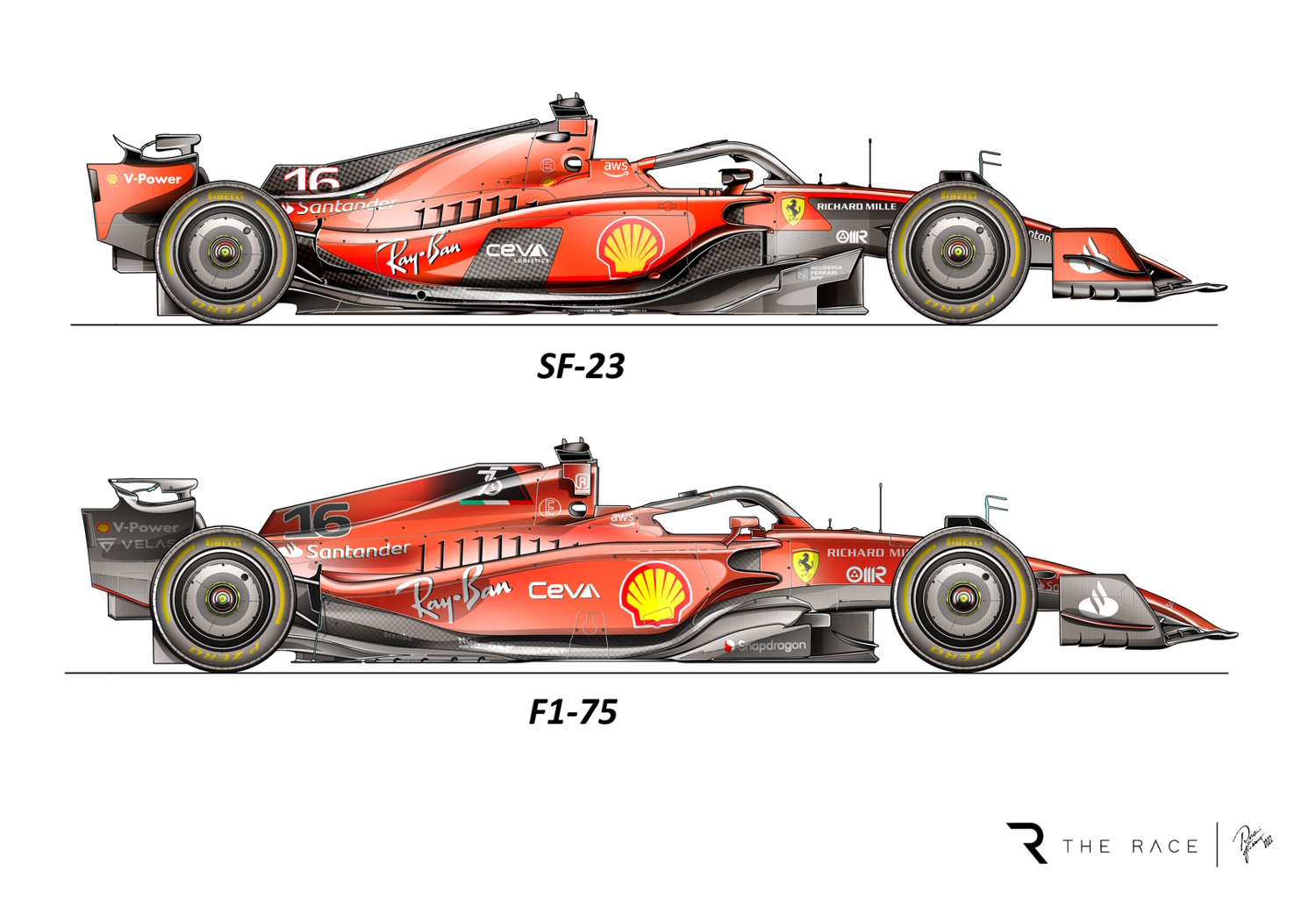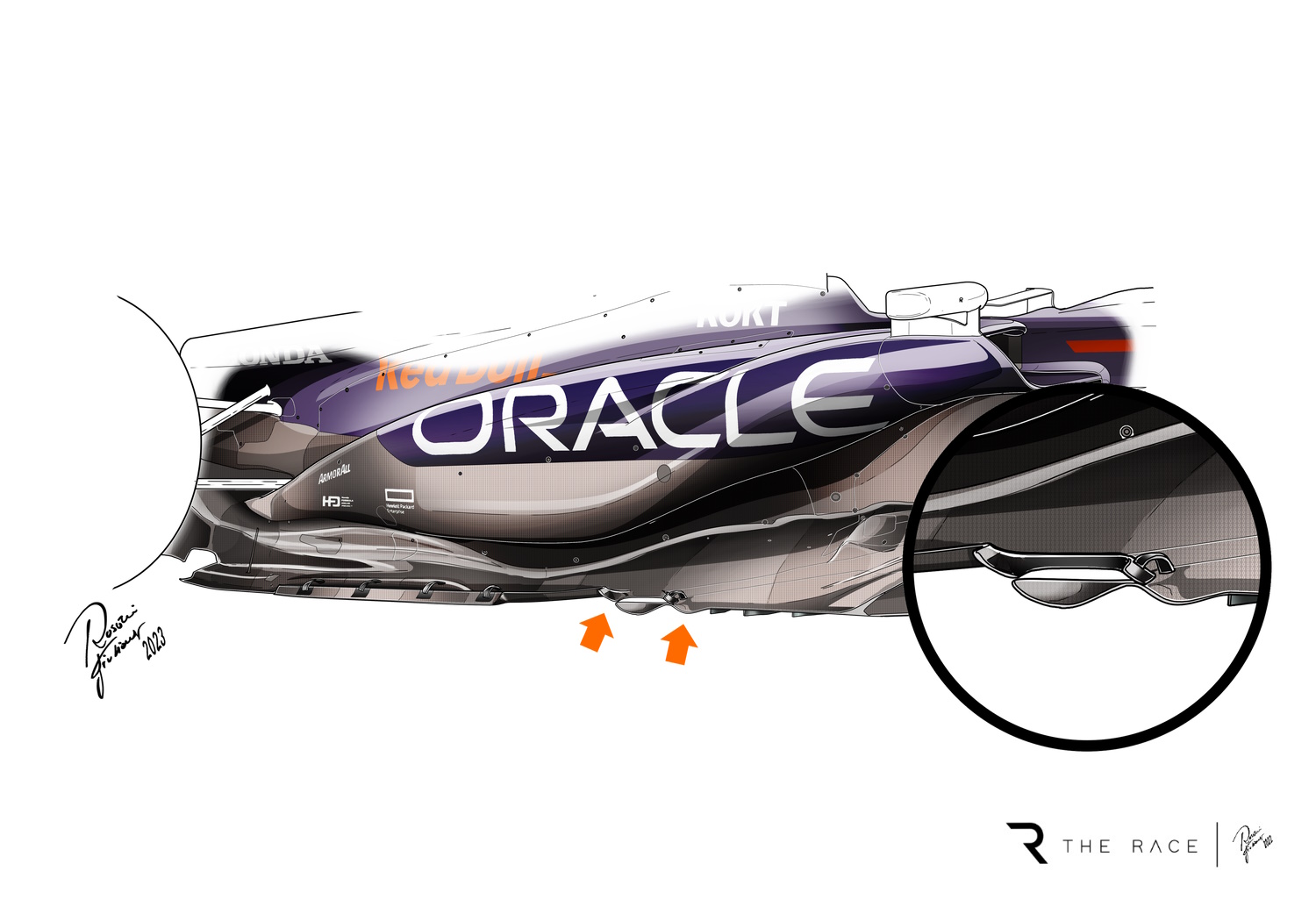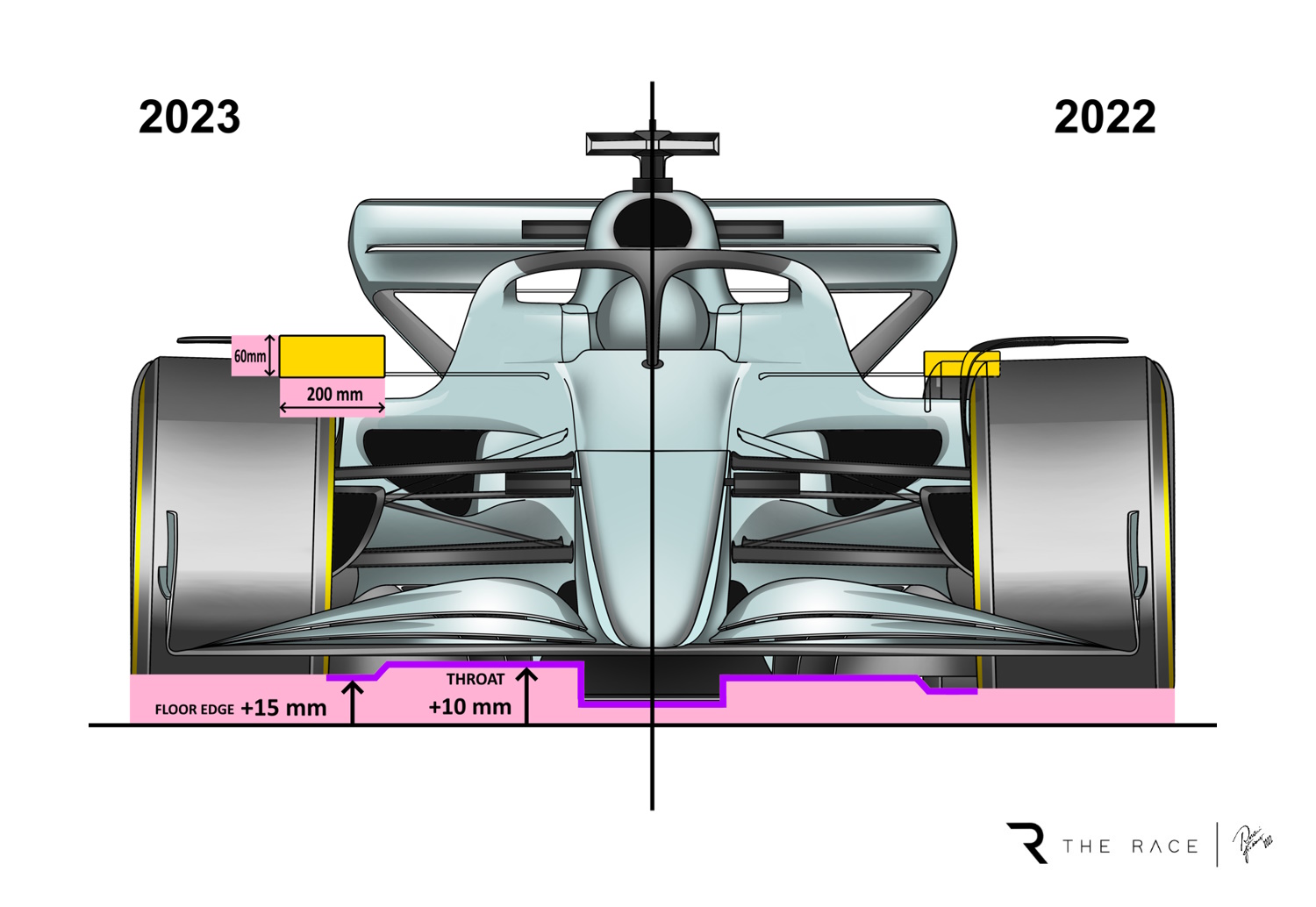Up Next

We’re finally approaching the start of the new Formula 1 season and the tests that have just ended have given us clear indications on what we can expect from the Bahrain Grand Prix this Sunday.
At testing we finally saw the real RB19 with which Red Bull will defend the championship that it eventually dominated last season.
The question everyone has is whether it will have the same supremacy over its pursuers, referring above all to Ferrari.
Ferrari has repeatedly suggested it’s made great improvement over the winter, with truly encouraging simulations creating expectations that this year’s SF-23 will be a clear improvement over the old F1-75.

Ferrari in 2022 started the season with the best car (albeit with Red Bull always close). This mild supremacy proved to only be temporary as Red Bull made progress with the RB18’s set-up, development and weight, and adapted it perfectly for Max Verstappen.
The weak points of the F1-75 – reliability and tyre management – were then compounded by the car being difficult to get in the right set-up window after the mid-season technical directive introduced around floor stiffness.
Red Bull and Ferrari approached their ground effect car projects very differently, and they remain quite different going into 2023.
The 2023 Ferrari is designed to be a development of the old F1-75 but with fewer weak points and, sure enough, the car is faithful to the 2022 Ferrari concept.
Red Bull is relatively unconventional for a single-seater that uses venturi tunnels, still keeping some concepts that we were used to seeing on the old cars before 2022.
Minimal ride height is usually the aim with a ground effect car as this would be ideal for sealing the flows of air through the venturi tunnels.
But Red Bull still uses a high-rake set-up – albeit not at 2021 angle levels – and this raises the floor at the rear. You’ll notice at lower speeds that the edges of the floor are higher than Ferrari and even more so than the Mercedes.
This has turned into a great advantage in the fight against porpoising, as Verstappen and Sergio Perez’s car has been designed and designed to work with at notable heights from the ground.
Studying the floor of the RB19 recalls what teams were trying to do with pre-ground-effect floors in 2020/21 when they aimed to create vortices that provided an aerodynamic barrier to prevent the flow of air that passes under the floor to go outside it.
The orange arrows in the image below indicate the vortex generators in the Red Bull floor edge design that would be useful to seal the external edges of the floor.

It’s possible that Red Bull was able to predict the porpoising effect last year and studied how to create a car that operated slightly higher from the ground as a consequence.
The technical directive that stiffened the floors and the 2023 regulation change that raises the floor edge have certainly moved in a direction that would be favourable for Red Bull’s concept.

Ferrari in 2022 managed to generate downforce using minimal ride-heights. To counter porpoising the solution was stiffening the suspensions with a consequent reduction in the set-up window.
The edge of the 2023 Ferrari floor is much more simple than the Red Bull one, and looks to achieve maximum cleaning of the airflow in the sidepode undercut, which is deeper than last year’s.

Red Bull has certainly found a way to generate ground effect downforce without the hitch of porpoising, or having to go too rigid on the suspension. And at high speeds its rake lowers, guaranteeing good use of the diffuser.




